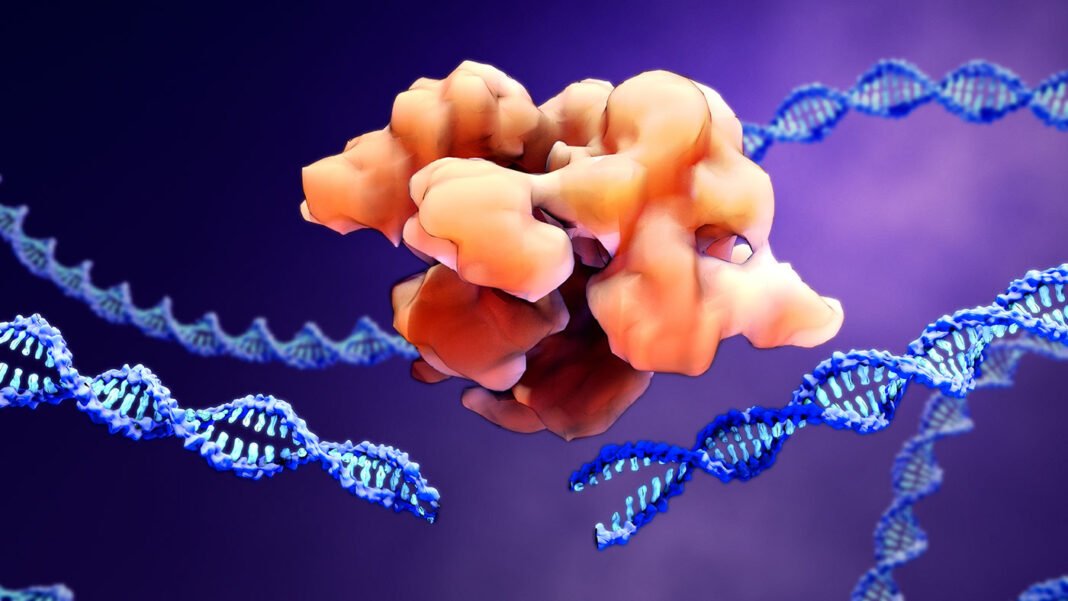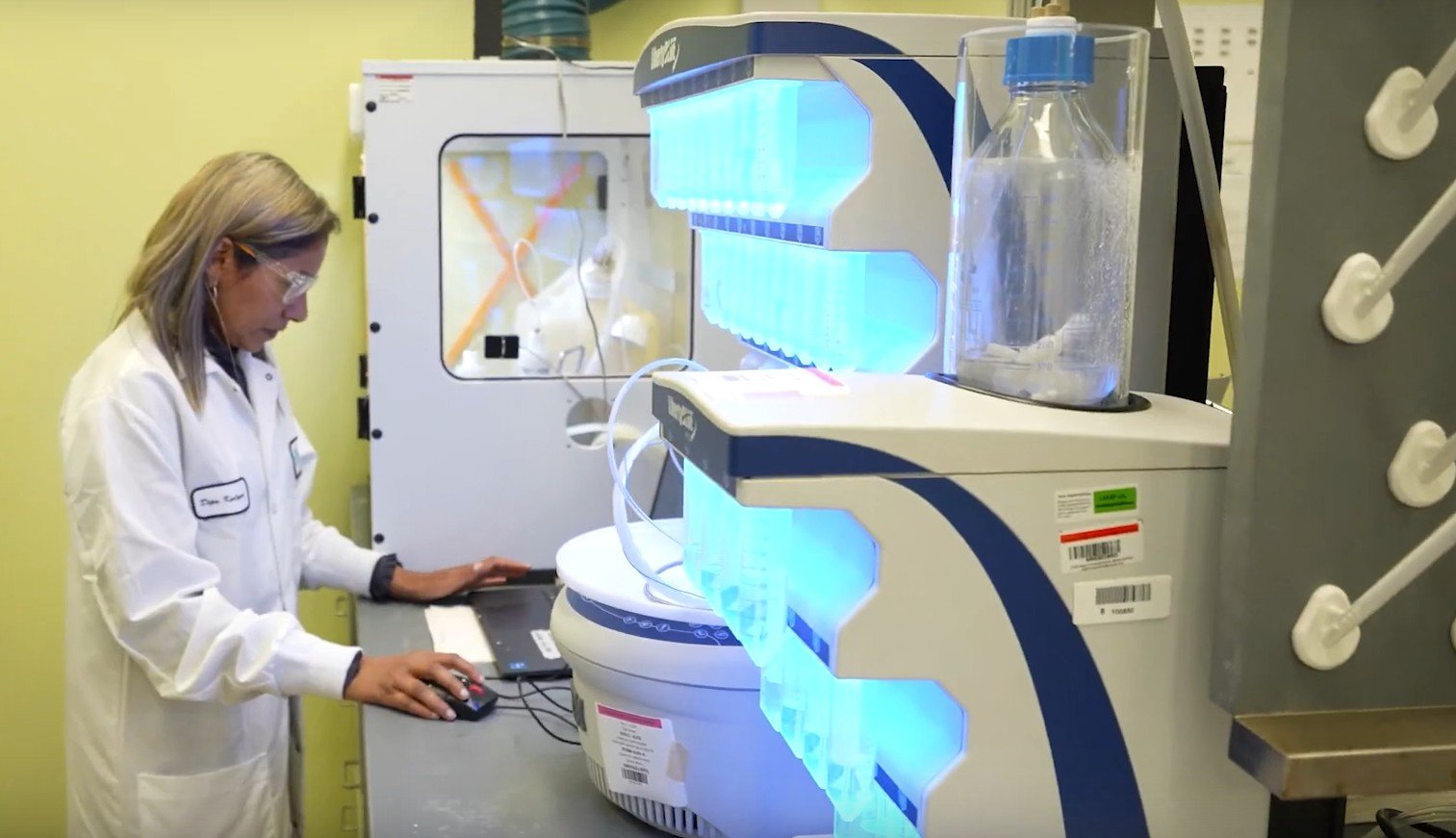Targeted DNA editing by CRISPR technology has great potential for applications in biotechnology and gene therapy. However, precise gene editing remains a challenge largely due to insufficient control of the DNA repair process. While mechanisms exist to accurately repair double-stranded breaks, DNA end joining repair can occasionally lead to genetic errors.
In a new study published in Nature Biotechnology titled, “Precise, predictable genome integrations by deep learning–assisted design of microhomology-based templates,” researchers at the University of Zurich (UZH) have found that repair at the genome-cargo interface is predictable by artificial intelligence (AI) models and adheres to sequence-context-specific rules. The AI tool, named “Pythia,” predicts how cells repair their DNA after it is cut by CRISPR/Cas9 and opens the door to more accurate modeling of human diseases and next-generation gene therapies.
“Just as meteorologists use AI to predict the weather, we are using it to forecast how cells will respond to genetic interventions. That kind of predictive power is essential if we want gene editing to be safe, reliable, and clinically useful,” said Soeren Lienkamp, PhD, professor at the Institute of Anatomy of UZH and co-corresponding author of the study.
CRISPR-Cas-mediated integration typically relies on homology-directed repair (HDR) which necessitates large homology arms and is only active in proliferating cells, or on nonhomologous end joining (NHEJ), microhomology-mediated end joining (MMEJ) or single-strand annealing. However, NHEJ and MMEJ may result in unintended genomic alternations, including deletions within the surrounding genome or transgene, potentially disrupting neighboring genes. Microdeletion variants account for 20-25% of all clinically pathogenic sequence variants.
“Our team developed tiny DNA repair templates, which act like molecular glue and guide the cell to make precise genetic changes,” said Thomas Naert, PhD, postdoctoral researcher at Gent University and lead author of the study.
These AI-designed templates were first tested in human cell cultures. Notably, results demonstrated precise integrations at 32 loci in human embryonic kidney cells. The templates further validated in other organisms, including Xenopus, a small tropical frog used in biomedical research, and in living mice, where the researchers successfully edited DNA in brain cells.
At massive scale, the researchers modeled how the DNA repair process obeys consistent rules that can be learned and predicted by AI. The model simulated millions of possible editing outcomes using machine learning to predict the most efficient way to make a specific small change in the genome given the likelihood of the cell’s ability to repair itself.
In addition to gene editing, the method can also be used to fluorescently label specific proteins, offering a powerful tool to directly observe the behavior of individual proteins in healthy and diseased tissue. The method also works well in organs with no cell division, such as the brain.
“What excites us most is not only the technology itself, but also the possibilities it opens. Pythia brings together large-scale AI prediction with real biological systems. From cultured cells to whole animals, this tight loop between modeling and experimentation points is becoming increasingly useful, for example in precise gene therapies,” said Lienkamp.
The post AI-Designed DNA Repair Templates Improve Gene Editing Precision appeared first on GEN – Genetic Engineering and Biotechnology News.




